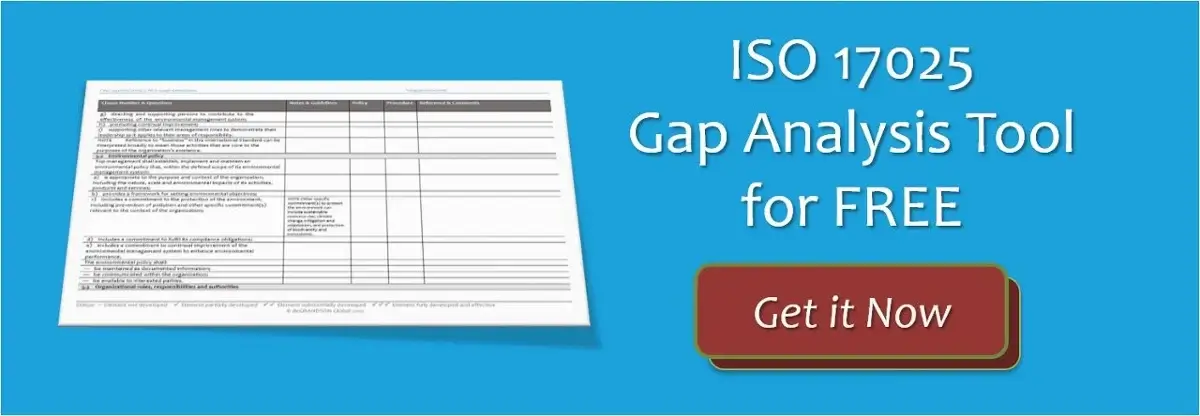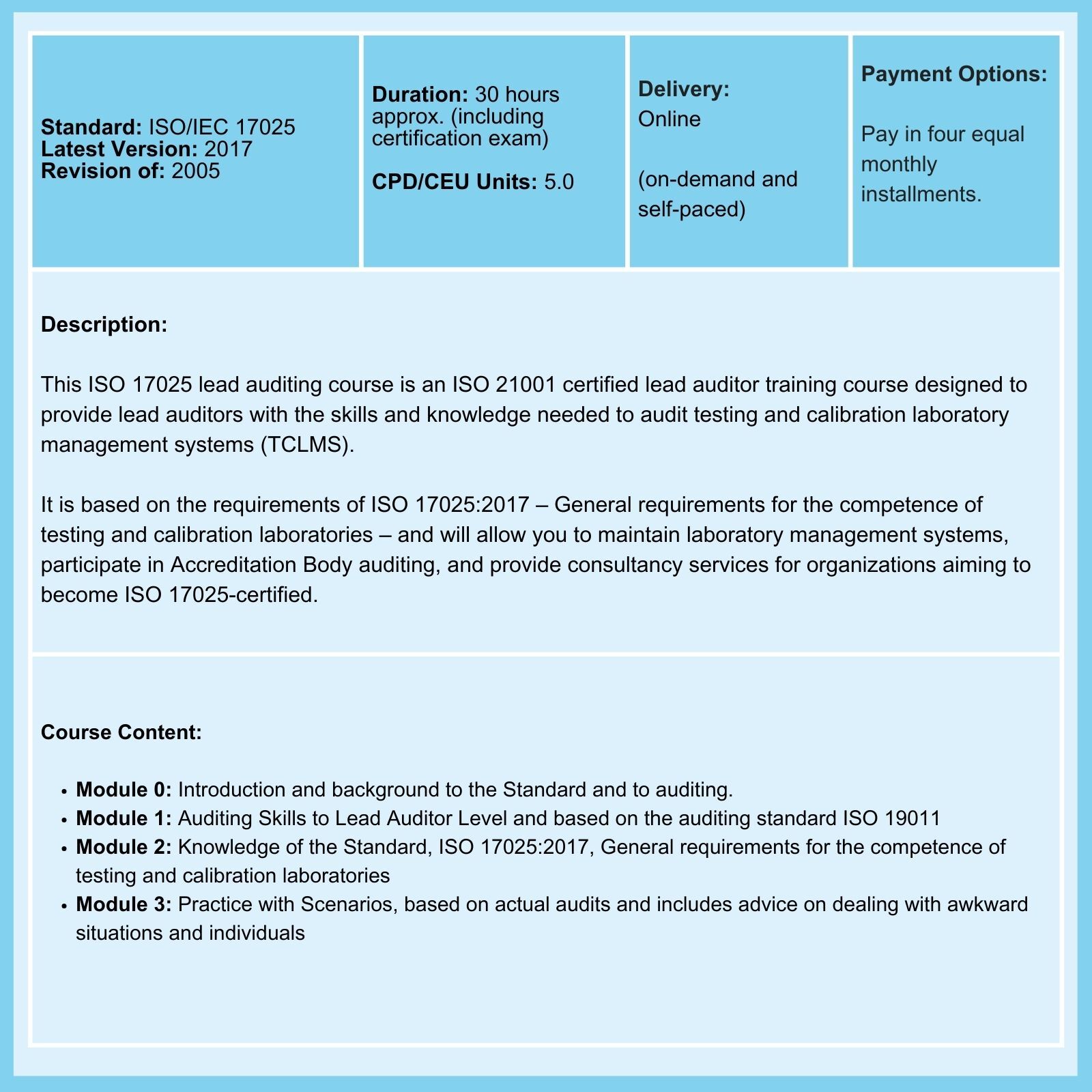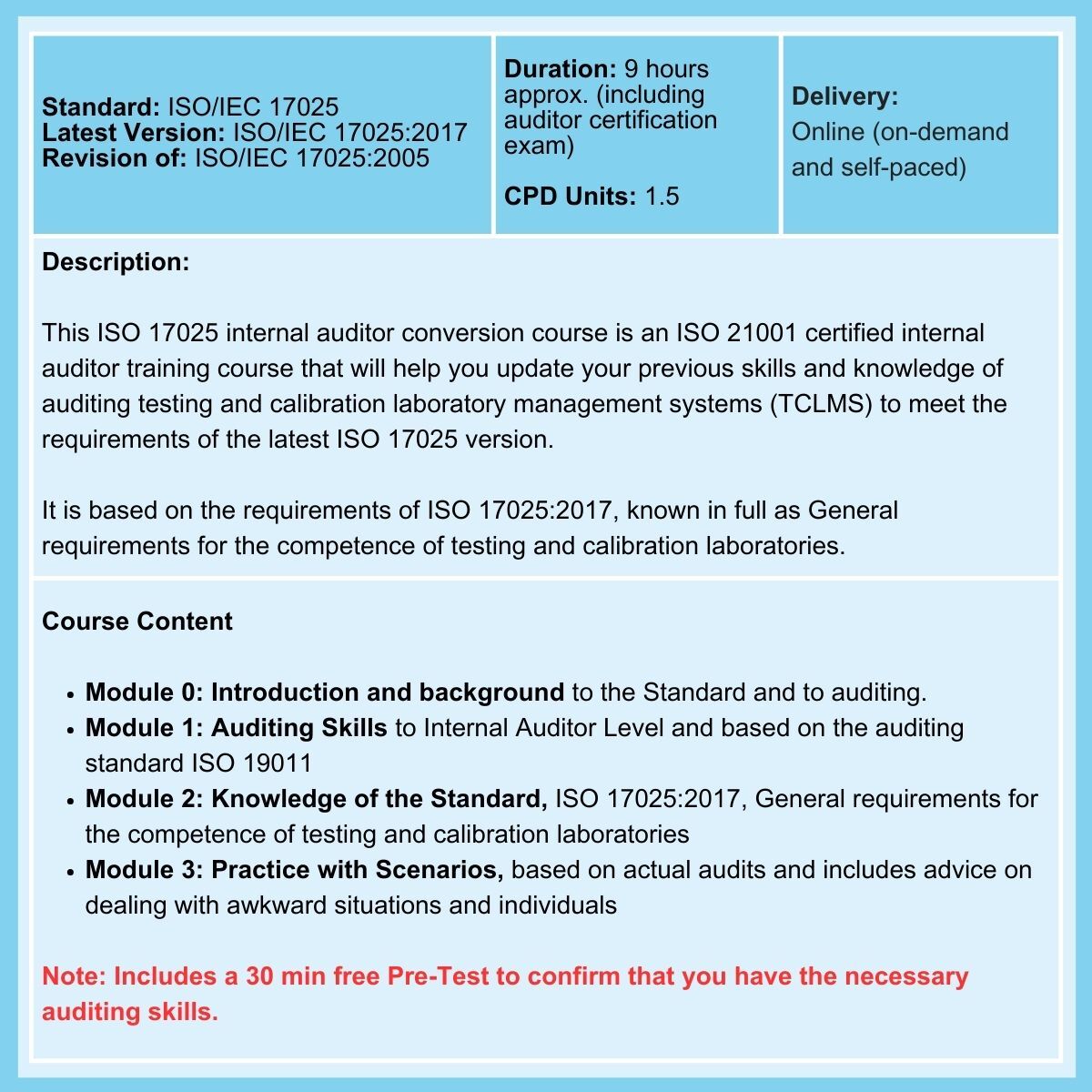
When not showing ISO 17025 Accreditation, Calibration Certificates can be difficult to check
And sometimes it's as if the Calibration Laboratory were trying to confuse you!
ISO 17025:2017, which sets out general requirements for the competence of testing and calibration laboratories, has in recent years become the 'new normal' for laboratories offering reliable testing services and dependable calibration certificates (as well as verification certificates. In doing so, it has clarified the 'ground rules' as to what constitutes a credible Calibration Certificate.
Too often in the past, a Calibration Certificate has been viewed as just another record to be retained. The question of its validity in underwriting the dependability of measurements taken with the calibrated device was rarely asked. However, this becomes a real issue if the Certificate you present is challenged by a customer or by a barrister in a Court of Law and it 'doesn't stand up.' It will likely cost you business and may cost you a lot of money. What then constitutes a genuine Calibration Certificate?
How to Know if Your Laboratory's Calibration Certificate is Legit
To verify if your laboratory's calibration certificate is legitimate, make sure you follow the guidelines below.
- Look for traceability. Traceability (or, more precisely, measurement traceability) is fundamental to the credibility of a Calibration Certificate. It refers to an unbroken chain of comparisons relating an instrument's measurements to a known standard. Calibration to a traceable standard can be used to determine an instrument's bias, precision, and accuracy.
- Assess the Uncertainty of Measurement. The Uncertainty of Measurement relates to the quality or confidence one can place on measurement. This tells us something about the quality of a measurement. There is doubt about the result of any measurement. Every measurement - even the most careful -always has a margin of doubt. Therefore, two numbers are really needed to quantify uncertainty. One is the width of the margin or interval. The other is a confidence level. For example, a meter stick might be calibrated as ‘1000 +/- 1 mm (the margin) with coverage factor k = 2' (the confidence level here corresponds to 95%).
- Find out the method used. In this context, the method refers to the measurement procedure. The confidence level has been established based on the method. This is usually a national or international standard method but may also be a validated laboratory-developed method.
Add ISO 17025 to your ISO 9001 Internal Auditor Qualification
The Role of the Verification Certificate
These are often presented under the title 'Calibration Certificate' and yet cannot meet all of the three basic requirements of a Calibration Certificate (traceability, uncertainty of measurement, and method).
This misnaming only obscures the essential function of a Verification Certificate, which is to provide objective evidence that a given item fulfills specified requirements. And our experience with our ISO 17025 Courses is that our Learners have rarely seen the term Verification Certificate.
Note: The title' Test Certificate' is an acceptable alternative to 'Verification Certificate'.
The item in question might be a process, measurement procedure, material, compound, or measuring system. Examples include …
- Confirmation that performance properties or legal requirements of a measuring system are achieved.
- Confirmation that pipettes and burettes used for capacity measurements meet legally specified tolerances.
- Confirmation that a Reference Oil meets a standardized specification.
- Confirmation that the commercial ceramic oven has been serviced and restored to the manufacturer's original specified performance.
But why misname them? Most likely, it's to justify the fees charged by inferring a higher grade of service.
And then there's the nonsensical "Calibration Certificate!"
These so-called Calibration Certificates include some or all of the following …
- The Certificate does not include an uncertainty of measurement statement (the most common deficiency)
- The Certificate has multiple logos, most of which refer to obscure trade associations or similar organizations. Only one type of logo counts when it comes to checking the validity of your laboratory's accreditation. That is, your ISO 17025 Accreditation must be provided by an Accreditation Body that is a member of the International Laboratory Accreditation Cooperation (ILAC).
- The Certificate includes multiple pages of tabulated figures, most of which are largely irrelevant.
- The Certificate does not provide the technician or analyst's printed name. It usually only contains an illegible signature.
- You get separately supplied copies of genuine calibration certificates for the devices used in carrying out the work. These certificates are usually not referenced on the Calibration Certificate itself.
- You get good work from the analyst/technician, and an acceptable method was used, but the Certificate does not record the necessary information for it to be reliable.
- There is a spurious reference to ISO 9001 Certification (often with a deficient logo), suggesting relevance to the Calibration Certificate itself.
However, questionable ISO 17025 certificates all have one thing in common: they fail to meet all three basic requirements of a dependable Calibration Certificate (see above).
So, be sure you don't get fooled by a nonsensical certificate
It really is quite easy. Just focus on the three basics and ignore all the distractions. If all three basic requirements are not clearly met, the Calibration Certificate is not dependable, and you should reject it, ask for a proper replacement, or, failing that, get your money back.
Related Courses
Related Articles
- Regulations and Standards Related to Laboratory Management
- Essential Documentation for ISO 17025 Accreditation
- ISO Accreditation vs ISO Certification: Which Do You Need?
- IAF Mandatory Documents Your Accreditation Body Can Require
deGRANDSON Global is an ISO Certified Educational Organization
In October 2021, we secured certification to three education-related ISO Standards. We now have a university-grade management system in place that conforms to the requirements of …
We have chosen ISO 21001 certification because, unlike IRCA and Exemplar badges (which, in our opinion, are commercially compromised), it is based on independent third-party assessment. It is a 'university grade' standard used globally by schools, colleges, and universities to demonstrate competence.
We provide Courses for ISO 9001, ISO 13485, ISO 14001, ISO 17025, ISO 27001, ISO 45001, Risk Management, Data Protection, and more.
Written by Dr John FitzGerald
Related Articles…
Clearly defined and strictly followed laboratory quality controls are a must when offering laboratory services of any kind. New businesses rarely ponder the benefits of being accredited to ISO 17025 however, even the smallest organization has a lot to gain from an accredited Testing and/or Calibration Laboratory Management System ... Continue reading
It is not unusual for your lab to be simultaneously certified to both standards. But are you doing it effectively and efficiently? It's not uncommon for Laboratories to be certified to more than one Standard. For example, a Calibration Laboratory may be accredited to ISO 17025, the ISO standard for calibration of testing laboratories, ... Continue reading





